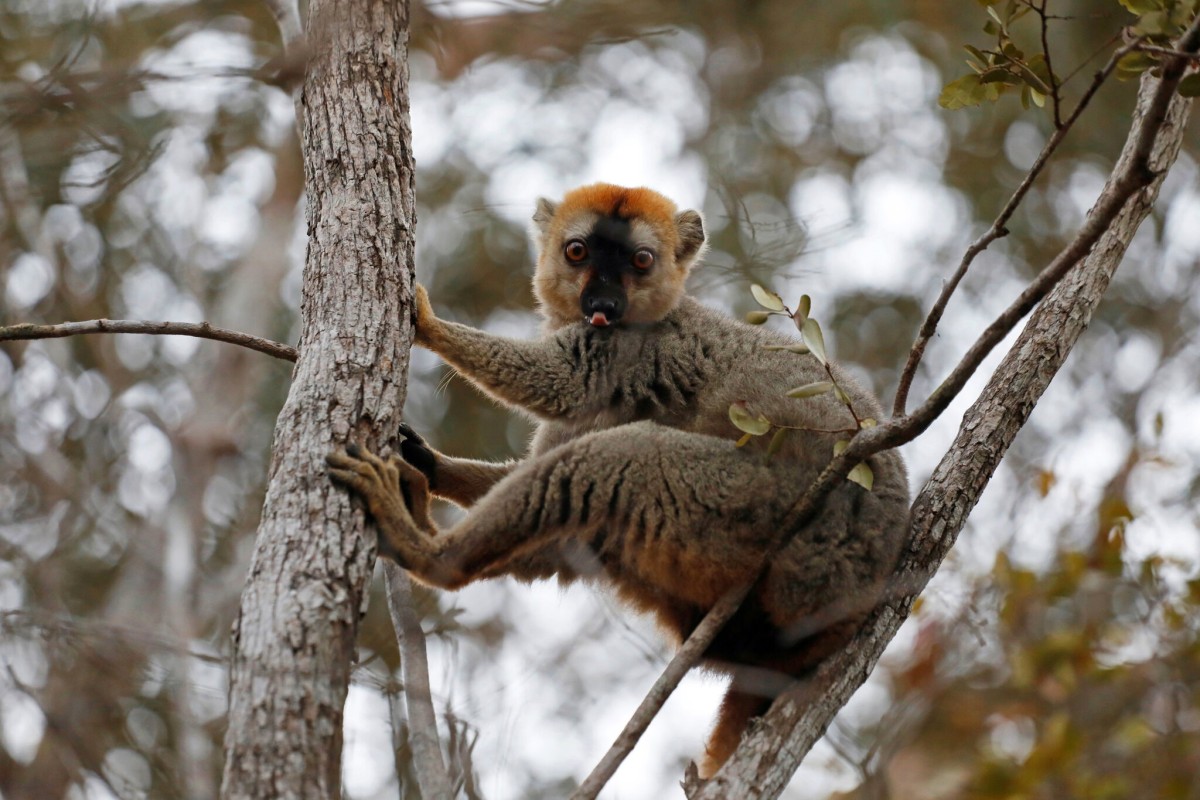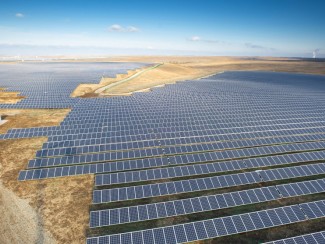Returning strategic parts of the world’s farmlands to nature could help mitigate both climate change and biodiversity loss, a new study found.

The twin crises of climate change and biodiversity loss are intertwined: Storms and wildfires are worsening while as many as one million species are at risk of extinction.
The solutions are not small or easy, but they exist, scientists say.
A global road map, published Wednesday in Nature, identifies a path to soaking up almost half of the carbon dioxide that has built up since the Industrial Revolution and averting more than 70 percent of the predicted animal and plant extinctions on land. The key? Returning a strategic 30 percent of the world’s farmlands to nature.





